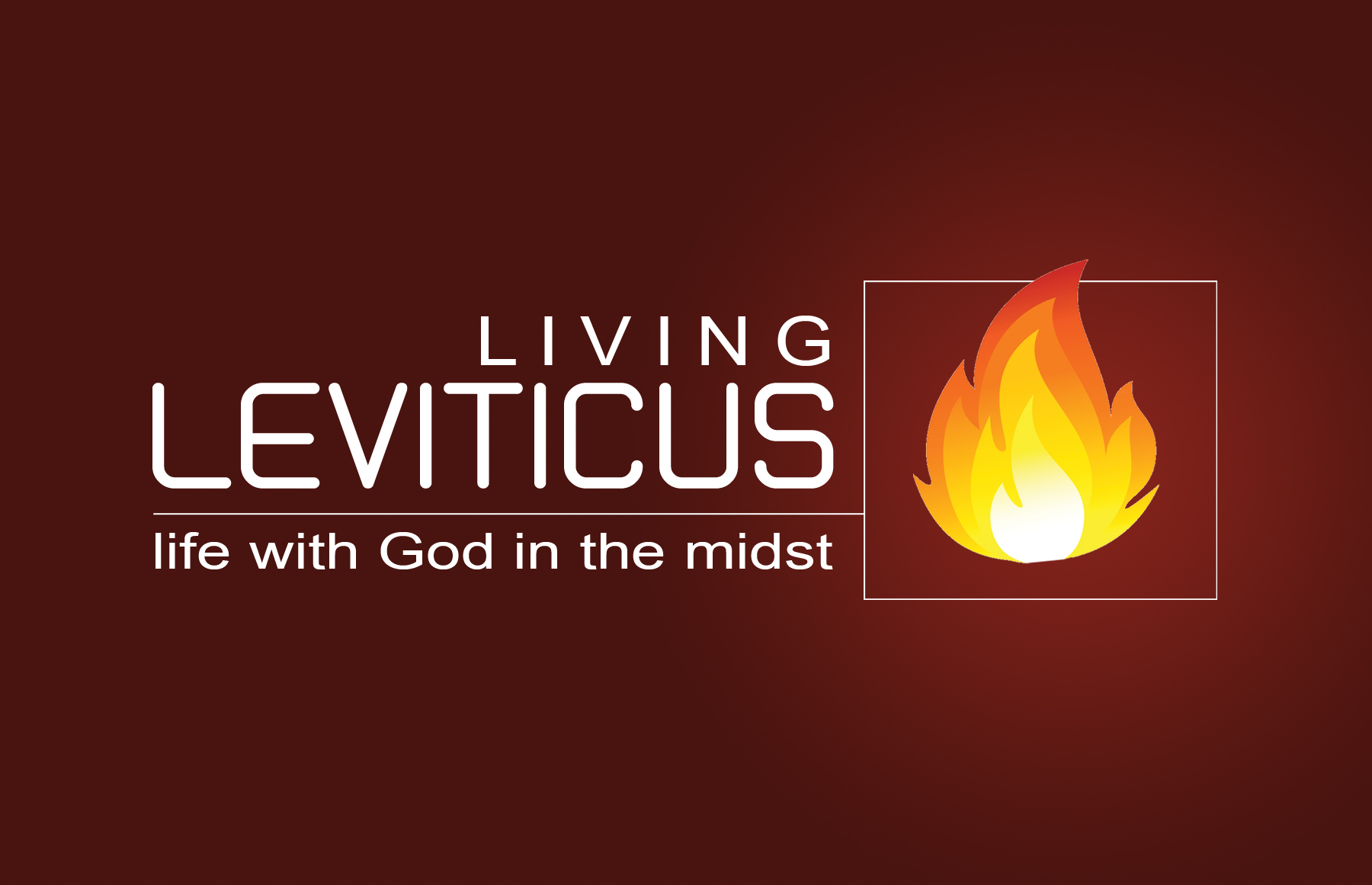
When God Dwells with You: A Life of Sacrifice
Over the past few weeks the book of Leviticus has been helping us understand what it looks like to live a life with God in the midst. God gave the Israelites the book of Leviticus because he was going to be dwelling with them in a special way at the Tent of Meeting, the portable temple that preceded the temple of Solomon in Jerusalem. But how could unholy people have a holy God dwell in their midst? Leviticus revealed how; how men and women could be warmed by and guided by, instead of consumed by, the fire of God's holiness.
Today, we know the fullness of that reality. God dwells in the midst of his Church, the new temple (I Corinthians 3:16). Christ dwells in our hearts through faith (Ephesians 3:17). Therefore Leviticus is extremely relevant for us, especially knowing that “whatever was written in former days was written for our instruction...”. (Romans 15:4)
So what can we as followers of Jesus learn about a life with God in the midst? Well, one answer to that question comes from the beginning of the book. Specifically, the first three chapters reveal that a life with God in the midst should be a life of sacrifice. Here's a summary of what we've learned:
Our life with God in the midst is made possible by sacrifice. The first offering described in Leviticus (in chapter one) is the “burnt offering”. Of the first three major offerings, the burnt offering was the only one in which every part of the sacrificial animal was burned on the altar. And it is the only one of the three that is said to make “atonement” for the worshiper who brings it. This sacrifice, which was to be “unblemished”, surely points us to Jesus, “the Lamb of God who takes away the sin of the world” (John 1:29). The “once for all” sacrifice (Hebrews 7:27; 10:10) of His own life on the cross provides the lasting atonement we need to spend our lives, and all eternity, in the presence of God.
Our life with God in the midst is celebrated around sacrifice. The second offering in Leviticus, described in chapter two, is the “grain offering”. In almost every case, this offering of grain or bread was paired with a burnt offering. In fact, Numbers 28 tells us that these two offerings, along with a drink offering, were to be offered every day, morning and evening, at the Tent of Meeting. All of these were referred to as God's “food offering” (cf. 1:9; 2:2; 3:5). Of course, God didn't need the people to feed Him. This 'meal' of offerings was the way in which God's people brought tribute to the King in their midst; humble hospitality for their most-exalted guest. But men and women also participated in this meal. In the third offering of Leviticus, the “peace offering” (detailed in chapter three), both priest and worshiper were called to eat what wasn't burned on the altar. These food offerings to God, and the festive meals that took place at the Tent of Meeting, were a picture of what fully come in Christ: of not only the bread and drink we remember regularly at the Lord's Table (I Corinthians 11:23-26), but also of that great feast to come, in the Kingdom of God (Luke 13:29).
Our life with God in the midst calls for sacrificial sacrifice. Meat as a meal was a luxury in the ancient world. Therefore, to bring an animal sacrifice was always costly. In the same way, grain was a family's most basic staple. Offering some of it to God was also costly (especially when Israel was wandering in the desert, unable to farm). When God call us to give as followers of Jesus, he wants us to learn from this principle about sacrifice. He calls us to give in faith, trusting that he will provide for our every need.
Our life with God in the midst should be characterized by God-exalting sacrifice. Of the three offerings in Leviticus 1-3, the “peace offering” was distinct for a couple of reasons. First, it was a voluntary sacrifice. A worshiper made a “peace offering” only when they felt led to do so. Second, only certain fatty parts of the animal's entrails were offered to God on the altar. The rest could be eaten by the priest and the worshiper. The “fat” was probably set apart for God (3:16b) because it represented the best of the animal. Think about what these facts tell us about a life of sacrifice today. The “peace” of the “peace offering” is the shalom peace a person finds with God through the forgiveness/atonement of the burnt offering. Therefore, the person who voluntarily brings this “peace offering” does so as a response to the peace they now enjoy. This coincides with the fact that the “peace offering” is primarily an act of giving thanks (7:11-15). As those who now enjoy unbreakable, incomparable “peace with God through our Lord Jesus Christ” (Romans 5:1), we should also offer up sacrifice. But there is no need for animals and altars. As the writer to the Hebrews encourages us, “Through him then [i.e. Jesus] let us continually offer up a sacrifice of praise to God, that is, the fruit of lips that acknowledge his name.” (13:15)
Let us therefore, in light of the perfect provision of Jesus, the Lamb of God, let us continually bring our very best to God: the best of ourselves, the best of our time, the best of our finances, the best of our energies and aspirations, all in praise to Him, the God who dwells in our midst.
1 Comment
Joy Bauerlein May 9, 2018 @ 1:27 pm
Write a Comment